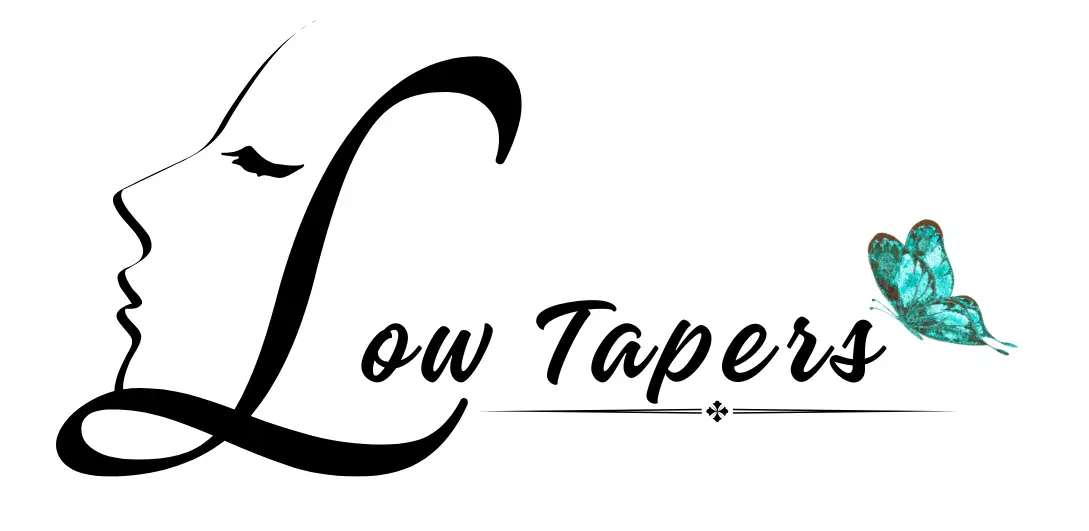
If you’ve ever sat in a barber’s chair feeling unsure about the difference between a taper and a fade, you’re not alone. These two classic haircuts dominate men’s grooming trends, but their subtle distinctions can leave anyone puzzled. In this guide, we’ll break down what sets a taper apart from a fade, explore popular styles, and help you pick the perfect cut for your next barbershop visit.
What Is a Taper Haircut?
A taper haircut focuses on gradually shortening hair length from the top of the head down to the neckline or sides. Unlike abrupt cuts, tapers create a smooth, blended transition that’s versatile for both casual and professional looks.
Classic Taper Styles to Try
- Classic Taper: Keeps hair slightly longer on top with a subtle trim around the ears and neck.
- Tapered Neckline: Sharpens the back for a clean finish without dramatic contrast.
- Scissor-Over-Comb Taper: Uses shears for a softer, textured blend (ideal for thicker hair).
What Is a Fade Haircut?
A fade takes blending to the next level by sharply transitioning hair to the skin (or nearly bald) at the sides or back. Fades are bold, modern, and often paired with detailed designs for extra flair.
Popular Fade Variations
- Low Fade: Starts the blend just above the ears (subtle and office-friendly).
- Mid Fade: Begins at the temple for a balanced, edgy look.
- High Fade: Blends hair close to the crown (dramatic and eye-catching).
- Skin Fade: Shaves hair down to the skin for a sharp, ultra-clean finish.
Also read: Low Fade vs Mid Fade vs High Fade
Taper vs Fade: Key Differences Explained
While both cuts focus on blending, their execution and impact vary:
Length Transition Comparison
- Taper: Gradual shortening over 2–4 inches.
- Fade: Rapid transition (often within 1 inch) to skin or near-bald length.
Placement and Blending Techniques
- Taper: Focuses on the nape and sideburns; works with most hair lengths.
- Fade: Targets the sides/back and requires shorter hair for seamless blending.
Pro Tip: Tapers are low-maintenance, while fades demand frequent touch-ups to stay crisp.
How to Choose Between a Taper and Fade

Face Shape and Hair Type Considerations
- Round Faces: Opt for tapers to add height and balance.
- Oval Faces: Fades accentuate angular features.
- Thick Hair: Tapers reduce bulk; fades prevent a “boxy” look.
- Thin Hair: A subtle taper adds volume, while a low fade avoids over-thinning.
Maintenance and Styling Effort
- Taper: Lasts 4–6 weeks; easy to style with minimal product.
- Fade: Needs trimming every 2–3 weeks; pomade or wax enhances texture.
Taper-Fade Hybrids: Best of Both Worlds?
Can’t decide? Try a taper-fade combo! For example:
- Temple Fade with Tapered Back: Edgy sides with a polished neckline.
- Low Fade + Long Taper on Top: Modern contrast for versatile styling.
Pro Tips for Maintaining Your Cut
- Use a quality trimmer for DIY touch-ups between barber visits.
- Apply a light-hold matte product to tapers for natural texture.
- Moisturize skin fades daily to avoid irritation.
FAQs About Taper and Fade Haircuts
Can I get a fade if I have curly hair?
Yes! Ask your barber for a “drop fade” to complement curls without frizz.
How do I ask for a taper haircut?
Say, “I’d like a tapered neckline with about 2 inches left on top.”
Which lasts longer: taper or fade?
Tapers grow out more gracefully; fades lose sharpness after 2 weeks.
Final Takeaway Taper vs Fade Haircut
Whether you prefer the subtlety of a taper or the boldness of a fade, both cuts offer endless styling possibilities. Bring this guide to your barber, and you’ll walk out with a look that suits your personality and lifestyle. Ready for a refresh? Book that appointment!
Also read: 35 Cool Haircuts For Teenage Guys
